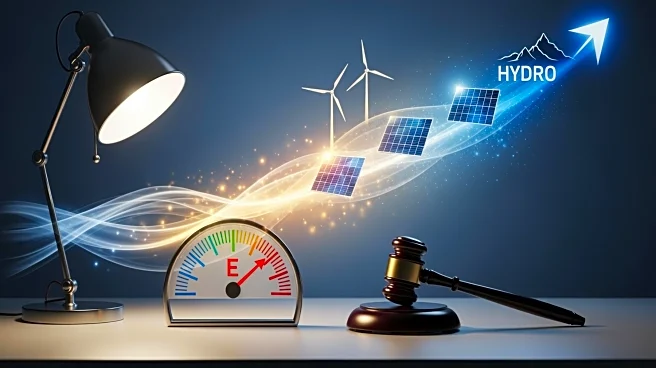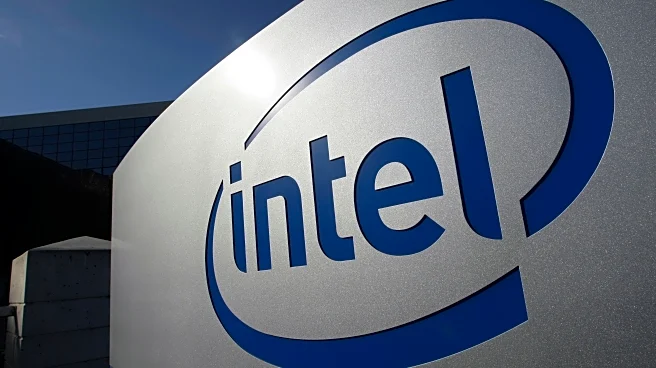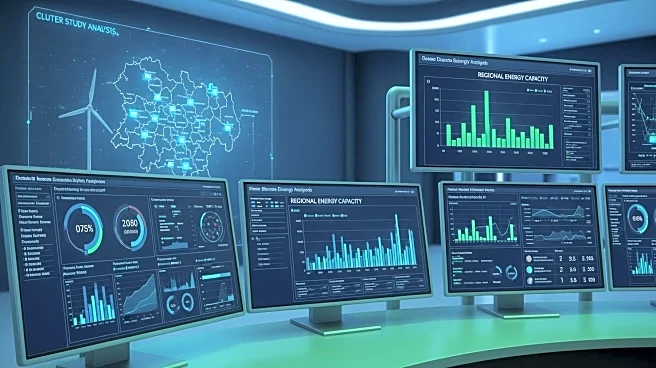What's Happening?
The Department of Energy (DOE) has proposed a rule to expand the Federal Energy Regulatory Commission's (FERC) jurisdiction over the interconnections of loads larger than 20 megawatts. This move aims to accelerate
the integration of these large loads into the grid, driven by increasing demand from artificial intelligence and manufacturing sectors. The proposal is considered unusual, as historically, FERC has not exerted jurisdiction over load interconnections. The DOE's proposal seeks to establish uniform standards and expedite the interconnection process for large loads and hybrid facilities that agree to be curtailable and dispatchable.
Why It's Important?
The proposed rule could significantly impact the U.S. energy sector by potentially altering the balance of federal and state regulatory authority. If adopted, it could streamline the process for integrating large energy loads, which is crucial as demand for electricity grows. However, it raises legal questions about federal versus state jurisdiction, with some stakeholders, including investor-owned utilities, likely to oppose the DOE's interpretation. The proposal could also influence the ongoing litigation about regional transmission planning, potentially expanding FERC's authority in unprecedented ways.
What's Next?
FERC is expected to respond to the DOE's proposal, with a final action requested by April 30, 2026. The proposal is likely to spark significant debate among stakeholders, including utilities and state regulators, about the appropriate scope of federal authority in energy regulation. The outcome could have long-term implications for how large energy loads are integrated into the U.S. grid, affecting both regulatory practices and market dynamics.












